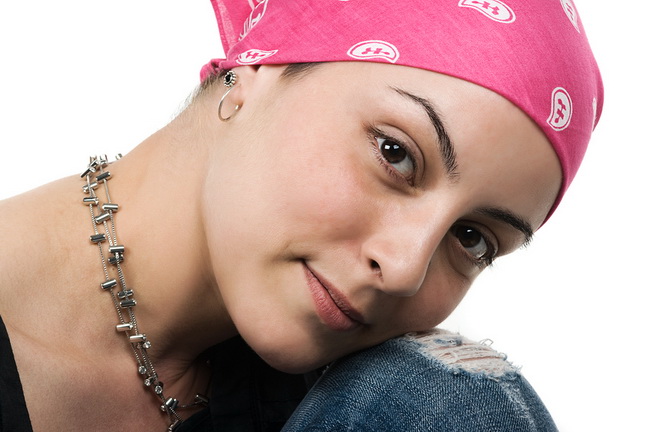- Make It Yourself Lavender Heart-Shaped Bath Bombs!
- 20 Things You Never Knew About “Down There”
- 12 Best Foods For Those Suffering From Arthritis Pain
- 12 Personal Hygiene Mistakes Almost Everyone Makes (Mom Never Told You About #4!)
- 15 Medicinal Plants And Herbs From The Cherokee People
- 12 Mind-Blowing Benefits Of Drinking Coconut Water During Pregnancy
- 12 Outstanding Winter Foods That Won’t Fatten You Up Like A Christmas Turkey
The Truth about Chemotherapy and Radiation Therapy for Cancer

Photo credit: bigstock.com
Almost all chemo drugs enter your brain and directly, or indirectly, and produce numerous changes to your central nervous system. If you have ever known someone who has undergone chemotherapy and they talk about having “chemo-brain,” they are referring to the changes chemo makes to their thought process. These effects can last for years.
Chemo drugs are known for causing other cancers, with leukemia being one of them. The risk of developing secondary cancers after exposure to these drugs develops slowly over time. Studies show that the risk begins to rise dramatically about 2 years after treatment has ended and reaches its highest point somewhere between 5 to 10 years after treatment. This is why most cancer patients die within 10 to 15 years after treatment.
Radiation also increases the risk of developing secondary cancers in most people who undergo this type of therapy. There are numerous types of cancer linked to the use of radiation, with the most common ones being sarcomas and leukemia. Again, these cases develop within a few years after radiation. Some doctors try to hide the facts by saying that the secondary cancer was the result of a spread of the original cancer, but studies show that radiation induced cancers have exploded in the past few decades since radiation has become a common treatment.
NCEPOD (The National Confidential Enquiry into Patient Outcome and Death) discovered that more than 4 out of every 10 cancer patients who received chemotherapy towards the end of their lives suffered fatal side effects from the drugs. Globally, about 90 percent of patients who are given chemotherapy die in less than 15 years after their treatment ends. They generally die from a compromised immune system, or secondary cancers. Cancer treatment or the diagnostics involved are never, ever mentioned as a cause of any secondary cancers.
These statistics make it obvious that the typical cancer industry supplied drugs are not only failing to kill cancer, but are failing to improve the quality or the length of life of cancer patients, the time has come to consider alternative methods to expensive, patented chemicals and ionizing radiation for both the prevention and treatment of cancer.
What doesn’t kill cancer makes it stronger.
Dr. Mark Dewhirst, professor of radiation oncology at Duke University was the first to admit that, although chemo and radiation kills some cancer cells, it only makes the cancer cells that survive treatment grow stronger. In fact, the cancer cells that survive are more aggressive than they were before treatment, almost as if they know what’s going on and are determined to survive. Cancer cells that survive figure that where they are located is a dangerous place, so they invade a blood vessel and go someplace else in the body to live. This is why cancers come back stronger and grow faster in another place inside the body after chemotherapy has ended.
Continue to Page 3
































